
Discover the Enchanting Landscapes of Sallandse Heuvelrug National Park
Explore the serene landscapes of Sallandse Heuvelrug National Park in the Netherlands, where rolling hills, blooming heathlands, and rich wildlife await.
Sallandse Heuvelrug National Park, located in the heart of the Netherlands, is a hidden gem for nature lovers and outdoor enthusiasts. The park boasts a unique landscape of rolling hills, heathlands, and dense forests, offering a serene escape from the hustle and bustle of everyday life. This picturesque park is home to a rich variety of flora and fauna, making it a perfect destination for bird watchers and wildlife photographers. One of the park's most striking features is its extensive heathland, which blooms with vibrant purple heather during late summer. The undulating terrain provides a natural playground for hikers and cyclists, with numerous well-marked trails to explore. Whether you prefer a leisurely stroll or a challenging hike, Sallandse Heuvelrug has something to offer for everyone. In addition to its natural beauty, the park also has a fascinating cultural heritage. Scattered throughout the area, you will find ancient burial mounds and historical landmarks that tell the story of the region's past. The park's visitor center offers insightful exhibits and information, helping you to better understand the unique ecosystem and history of this enchanting location.
Local tips in Sallandse Heuvelrug National Park
- Visit in late summer to see the heathland in full bloom.
- Bring a bicycle or rent one locally to explore the park's extensive cycling trails.
- Stop by the visitor center for detailed maps and information about the park's history and wildlife.
- Wear comfortable walking shoes as the terrain can be uneven in places.
- Early mornings and late afternoons are the best times for wildlife spotting.
Discover the Enchanting Landscapes of Sallandse Heuvelrug National Park
Sallandse Heuvelrug National Park, located in the heart of the Netherlands, is a hidden gem for nature lovers and outdoor enthusiasts. The park boasts a unique landscape of rolling hills, heathlands, and dense forests, offering a serene escape from the hustle and bustle of everyday life. This picturesque park is home to a rich variety of flora and fauna, making it a perfect destination for bird watchers and wildlife photographers. One of the park's most striking features is its extensive heathland, which blooms with vibrant purple heather during late summer. The undulating terrain provides a natural playground for hikers and cyclists, with numerous well-marked trails to explore. Whether you prefer a leisurely stroll or a challenging hike, Sallandse Heuvelrug has something to offer for everyone. In addition to its natural beauty, the park also has a fascinating cultural heritage. Scattered throughout the area, you will find ancient burial mounds and historical landmarks that tell the story of the region's past. The park's visitor center offers insightful exhibits and information, helping you to better understand the unique ecosystem and history of this enchanting location.
When is the best time to go to Sallandse Heuvelrug National Park?
Iconic landmarks you can’t miss
Het Nationale Park De Hoge Veluwe
Discover the stunning landscapes and rich biodiversity of Het Nationale Park De Hoge Veluwe, a top destination for nature and art lovers in the Netherlands.
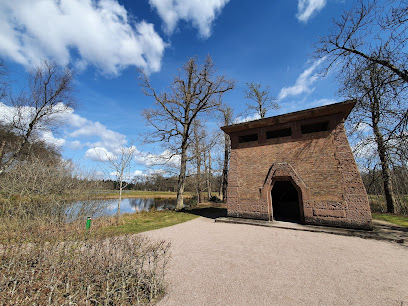
Nationaal Park Veluwezoom
Explore the breathtaking landscapes and diverse wildlife of Nationaal Park Veluwezoom, a must-visit national park in the Netherlands.
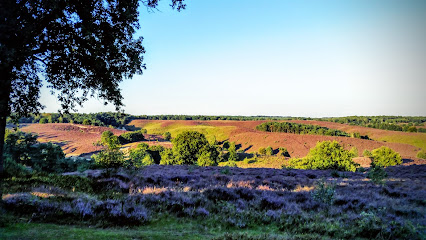
Lemelerberg
Explore the breathtaking landscapes and diverse wildlife at Lemelerberg, a premier nature preserve in the Netherlands.
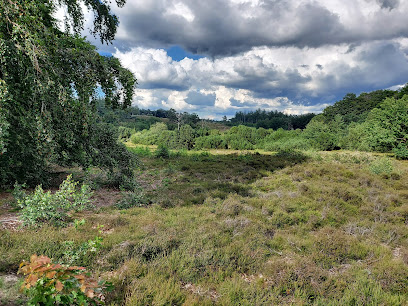
Natuurmuseum Holterberg
Explore the enchanting Natuurmuseum Holterberg, where nature's wonders come alive through immersive exhibits and breathtaking landscapes.
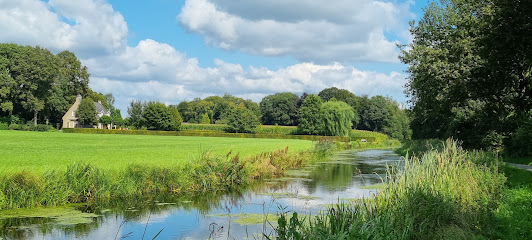
Outdoor Center Sallandse Heuvelrug
Explore the Outdoor Center Sallandse Heuvelrug - a nature lover's paradise with breathtaking trails, rich biodiversity, and educational experiences in the Netherlands.
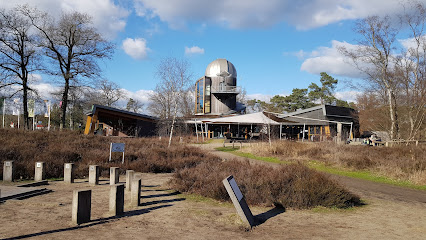
Utrechtse Heuvelrug National Park
Explore the stunning Utrechtse Heuvelrug National Park, a haven of nature, history, and adventure in the heart of the Netherlands.

Sprengenberg, Haarle
Immerse yourself in the tranquil beauty of Sprengenberg, Haarle, where nature and serenity await you in the heart of the Dutch countryside.
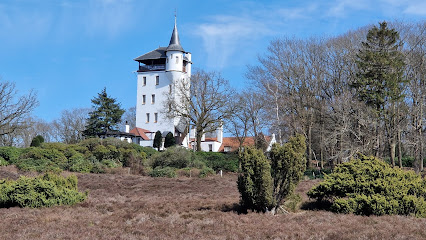
Duursche Waarden met restanten voormalige steenfabriek
Explore Duursche Waarden, a serene nature preserve in Olst, where nature meets history with remnants of a former brick factory amidst beautiful landscapes.
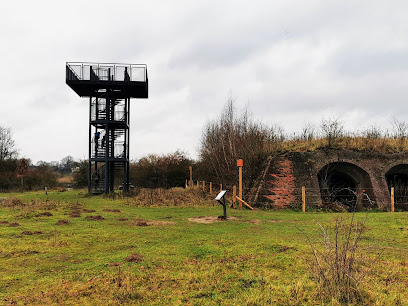
Landal Sallandse Heuvelrug
Experience a perfect blend of nature, comfort, and adventure at Landal Sallandse Heuvelrug, a premier holiday park in the heart of the Netherlands.
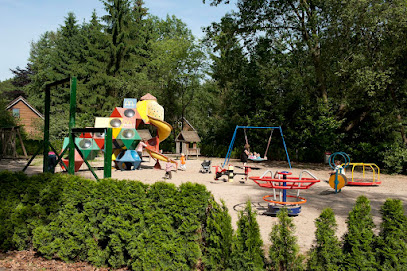
Uitzichtpunt Holterberg
Experience the breathtaking views at Uitzichtpunt Holterberg, the scenic highlight of the Sallandse Heuvelrug National Park in the Netherlands.
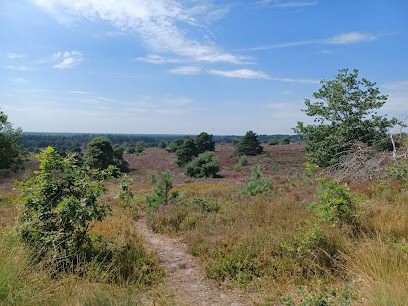
Sallandse Heuvelrug
Explore the breathtaking landscapes and diverse wildlife of Sallandse Heuvelrug National Park in the Netherlands for an unforgettable nature experience.
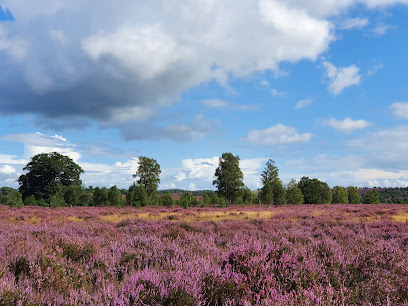
Bezoekerscentrum Staatsbosbeheer
Explore the serene beauty of Bezoekerscentrum Staatsbosbeheer in Markelo, a nature preserve offering trails, exhibits, and guided walks for all ages.
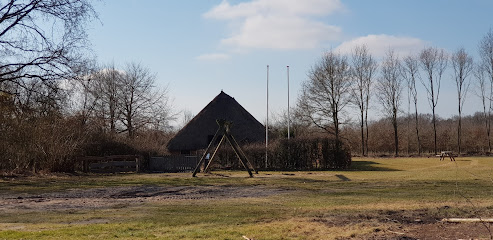
Wierdense Veld
Experience the tranquil beauty of Wierdense Veld, a nature preserve in Wierden, Netherlands, perfect for outdoor enthusiasts and nature lovers.
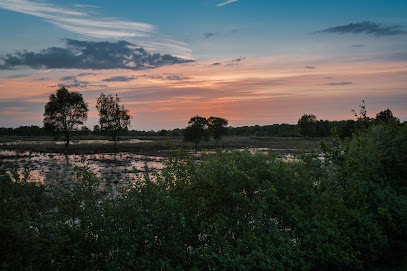
Bos van Daantje Das
Explore the enchanting Bos van Daantje Das, a family-friendly woodland filled with adventure, creativity, and the beauty of nature in Holten, Netherlands.
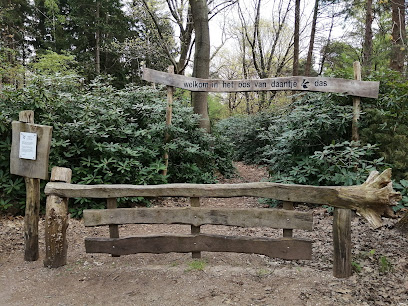
Ecoduct Twilhaar
Explore the harmony of nature and innovation at Ecoduct Twilhaar, a unique ecological corridor and serene nature preserve in Haarle, Netherlands.
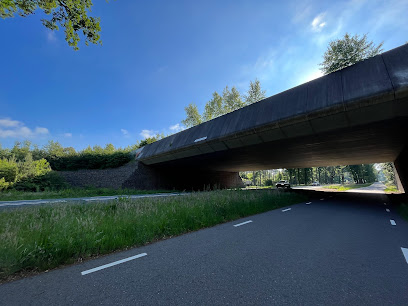
Unmissable attractions to see
Het Nationale Park De Hoge Veluwe
Immerse yourself in nature at Het Nationale Park De Hoge Veluwe, a national park featuring diverse landscapes, unique wildlife, and cultural treasures.
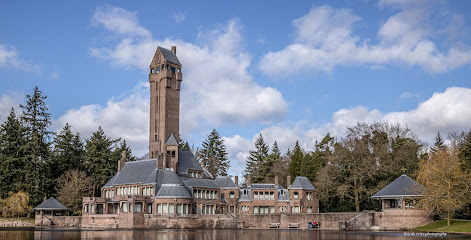
AdventurePark Hellendoorn
Discover the thrill of AdventurePark Hellendoorn, where exciting rides and family fun meet in the heart of the Netherlands.
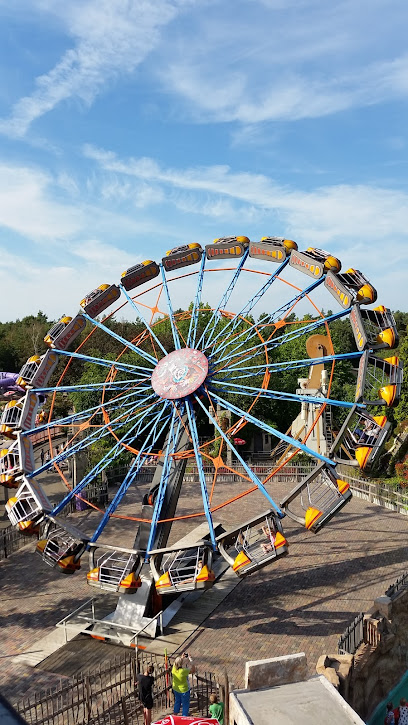
Castle Amerongen
Explore the rich history and stunning gardens of Castle Amerongen, a captivating tourist attraction in the heart of the Netherlands.
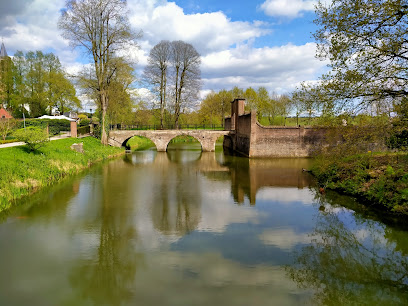
Rijksmuseum Twenthe
Experience the rich art and culture at Rijksmuseum Twenthe, a must-visit destination in Enschede, Netherlands, showcasing masterpieces and contemporary works.
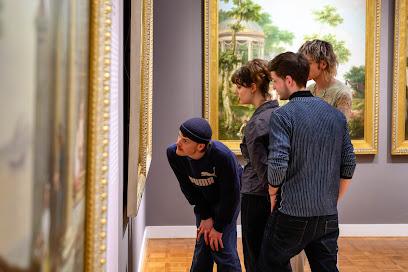
Museum De Museumfabriek
Explore the rich tapestry of natural history, art, and heritage at Museum De Museumfabriek in Enschede, a captivating destination for all ages.
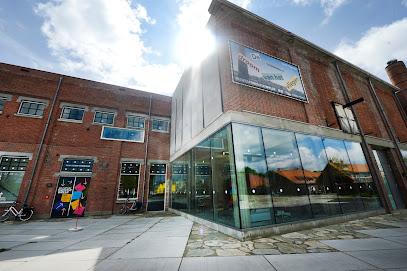
Outdoor Center Sallandse Heuvelrug
Discover the breathtaking landscapes and rich biodiversity at Outdoor Center Sallandse Heuvelrug, your gateway to nature in the Netherlands.
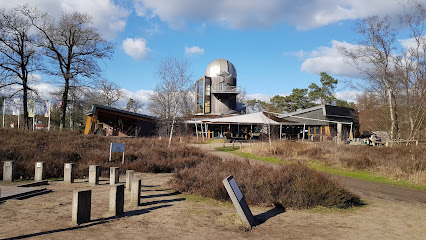
Natuurmuseum Holterberg
Explore the captivating biodiversity and geology at Natuurmuseum Holterberg, a family-friendly museum in the scenic Holten region of the Netherlands.
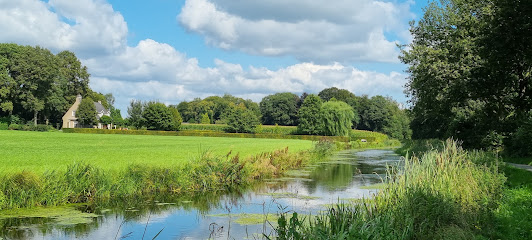
Memory Museum
Explore the fascinating world of memories at the Memory Museum in Nijverdal, where art, history, and personal stories converge into a unique experience.
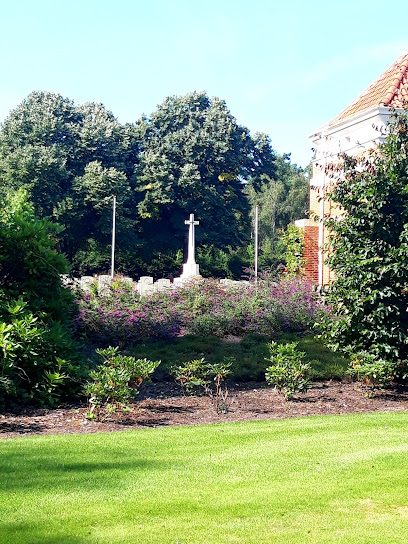
Lookout Holterberg
Discover the stunning vistas and natural beauty of Lookout Holterberg, a hidden gem in the heart of the Netherlands, perfect for nature lovers and adventurers.
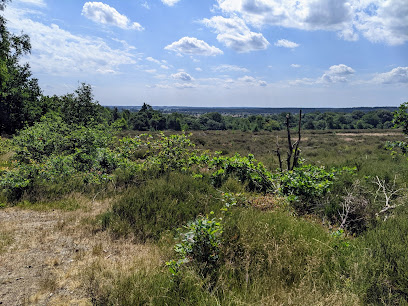
Rijssens Museum
Explore the rich cultural history of Rijssen at Rijssens Museum, a treasure trove of artifacts and engaging exhibitions perfect for all ages.
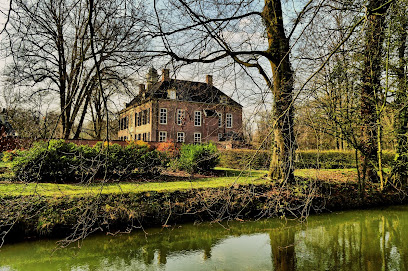
Bakkerij- en IJsmuseum
Explore the rich history of Dutch baking and ice cream at Bakkerij- en IJsmuseum in Hellendoorn, where tradition meets deliciousness.
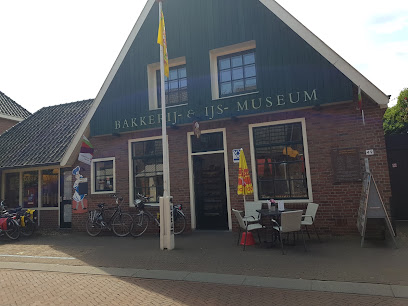
Speelbos Sallandse Heuvelrug
Explore the magical Speelbos Sallandse Heuvelrug, a family-friendly playground and scenic hiking area in Haarle, perfect for nature lovers and adventure seekers.
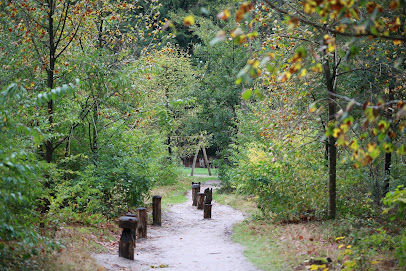
Hellendoornseberg
Explore Hellendoornseberg, a breathtaking hiking area in the Netherlands, where scenic trails and stunning views await outdoor enthusiasts.

Recreatieterrein Holten
Explore Recreatieterrein Holten, a serene nature preserve in Holten, Netherlands, perfect for outdoor adventures and relaxation in nature.
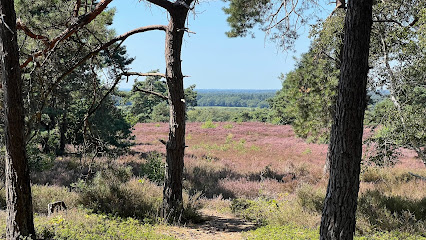
Nationaal Tinnen Figuren Museum
Experience the charm of the National Tin Figures Museum in Ommen, where intricate craftsmanship meets rich history in a delightful setting.
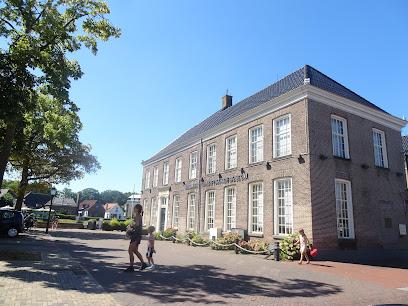
Essential places to dine
Restaurant De Sallandse Berg
Experience authentic Dutch cuisine in a cozy setting at Restaurant De Sallandse Berg in Nijverdal - perfect for food lovers and nature enthusiasts alike.
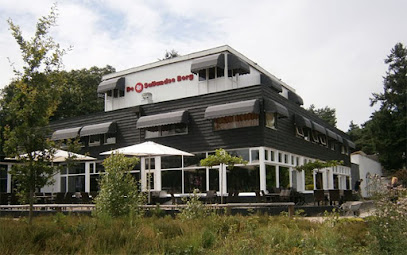
Landgoed De Uitkijk
Experience luxury amidst nature at Landgoed De Uitkijk – your perfect getaway in Hellendoorn.
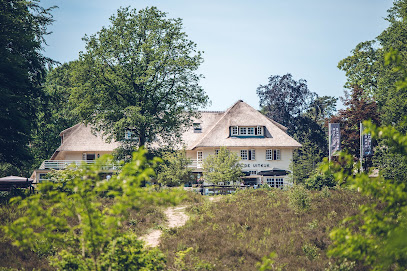
Fletcher Hotel-Restaurant Sallandse Heuvelrug
Experience nature's tranquility at Fletcher Hotel-Restaurant Sallandse Heuvelrug—your perfect getaway with exquisite dining and adventure.

'T Losse Hoes
Discover comfort and charm at 'T Losse Hoes, your perfect getaway in Holten surrounded by nature's beauty.

Herberg de Pas
Experience authentic Dutch cuisine at Herberg de Pas, nestled by the breathtaking Sallandse Heuvelrug National Park.
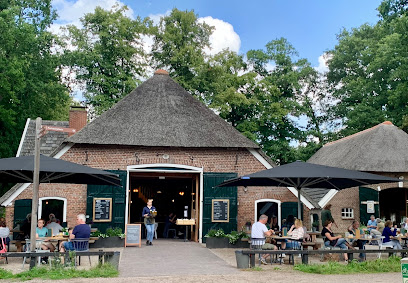
Restaurant & Hotel Hoog Holten
Experience unparalleled comfort and exquisite dining at Restaurant & Hotel Hoog Holten, nestled in nature's beauty in Holten.
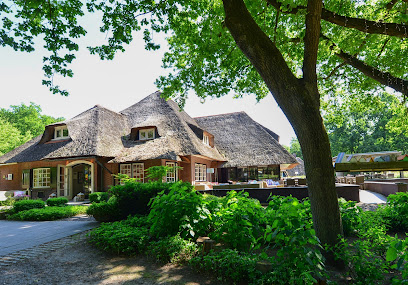
Bistro De Oale Ste
Discover culinary delights at Bistro De Oale Ste in Nijverdal – your go-to spot for exceptional dining and local charm.
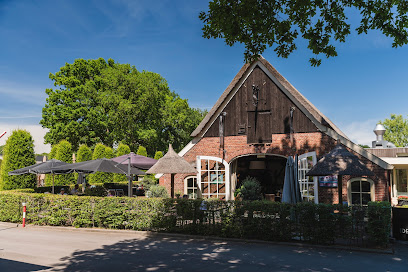
De Swarte Ruijter
Experience unparalleled comfort and hospitality at De Swarte Ruijter in Holten – your ideal getaway in the Netherlands.

Bistro de Holterberg
Experience authentic Dutch cuisine at Bistro de Holterberg, where local flavors meet cozy ambiance in the heart of Holten.
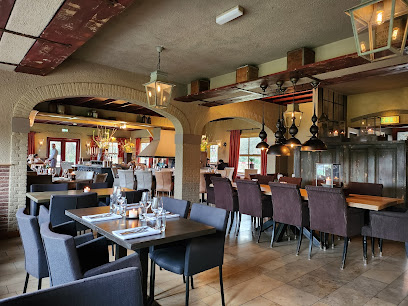
Buitengewoon Lekker
Experience the essence of Dutch cuisine at Buitengewoon Lekker in Nijverdal—where every meal tells a story of flavor and tradition.
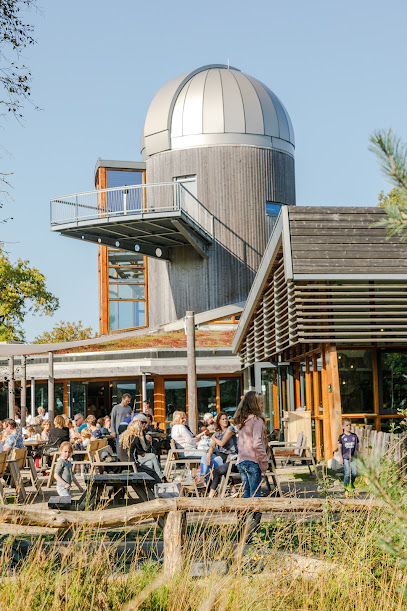
Restaurant Rijsserberg
Discover culinary excellence at Restaurant Rijsserberg - where modern European cuisine meets a warm family-friendly atmosphere.
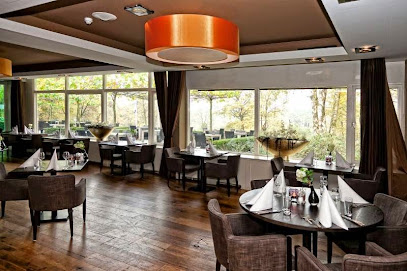
Markets, malls and hidden boutiques
Outdoor Center Sallandse Heuvelrug
Explore the stunning landscapes and rich biodiversity of Outdoor Center Sallandse Heuvelrug, a must-visit for nature lovers and hiking enthusiasts.
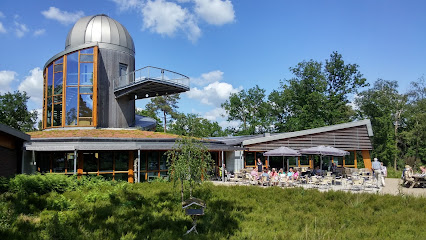
It`s a present!
Explore Utrecht's charming gift shop, 'It's a Present!', offering unique home goods, maps, and memorable souvenirs for every traveler.
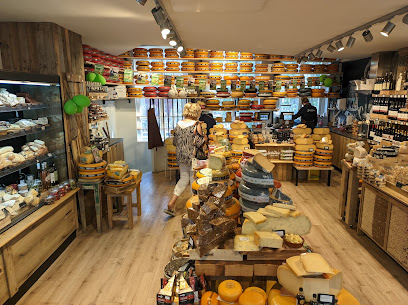
Landal Sallandse Heuvelrug
Experience the beauty of nature at Landal Sallandse Heuvelrug, a perfect holiday park for outdoor adventures and family fun in the Dutch countryside.
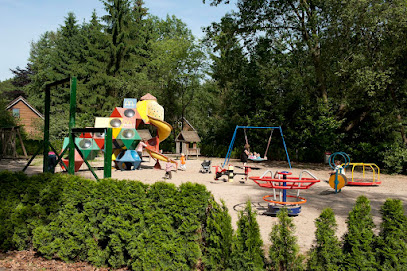
Sallandse Heuvelrug
Immerse yourself in the breathtaking landscapes and diverse wildlife of Sallandse Heuvelrug National Park, a must-visit destination for nature lovers.
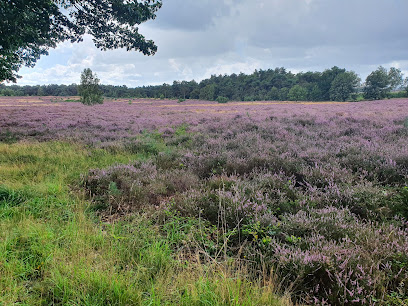
Candle Cocktail
Discover the enchanting world of handcrafted candles at Candle Cocktail, where creativity and quality come together in a delightful shopping experience.
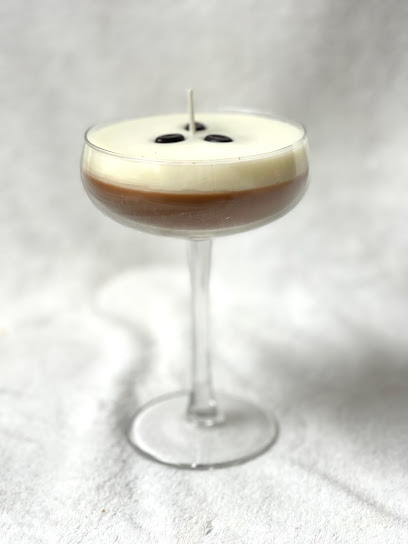
Jewellery Bar
Explore the Jewellery Bar, a fashion accessories haven offering exquisite jewelry and an unforgettable shopping experience for every style.
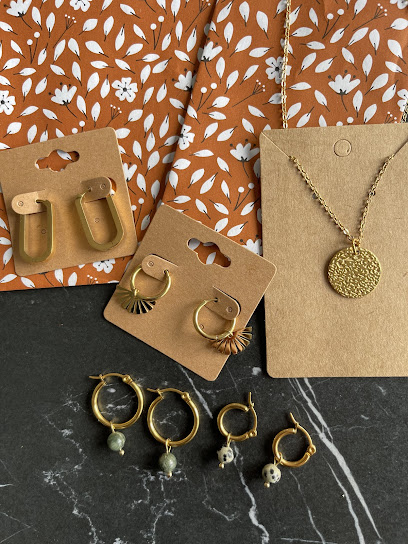
Top & Toppie
Explore the latest gadgets and electronics at Top & Toppie, your ultimate destination for tech shopping in the city.

LV-Factory
Explore unique fashion accessories at LV-Factory, where style meets quality and creativity in every piece.
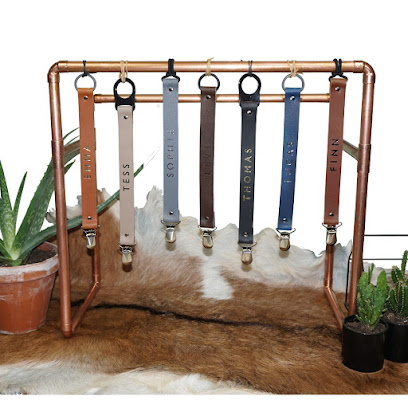
Wappersshop
Explore Wappersshop, the ultimate destination for adult entertainment, hookah, and wellness supplements in a vibrant shopping atmosphere.

ffShoppen.nl
Discover the ultimate shopping experience at ffShoppen.nl, your one-stop store for gifts, home goods, sporting gear, and toys in Soesterberg.
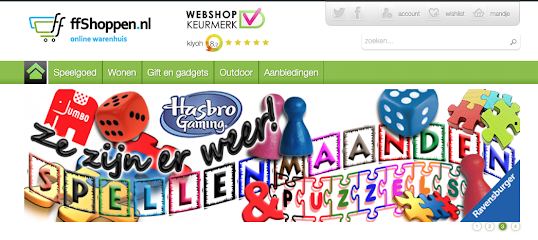
Seamossgoods
Explore Seamossgoods for premium sea moss products and embrace a healthier lifestyle with nature's finest ingredients.
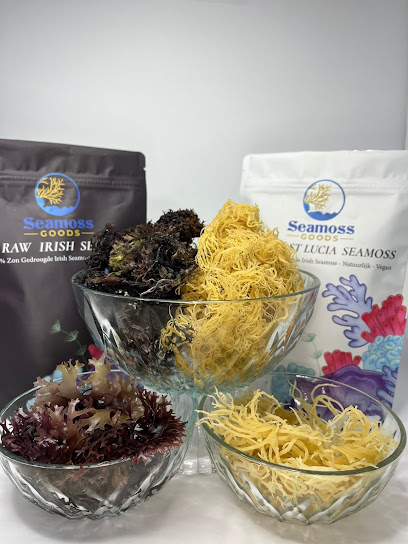
Reino de Liones
Explore stylish home decor and furniture at Reino de Liones in Soest, Netherlands, a must-visit for design enthusiasts.
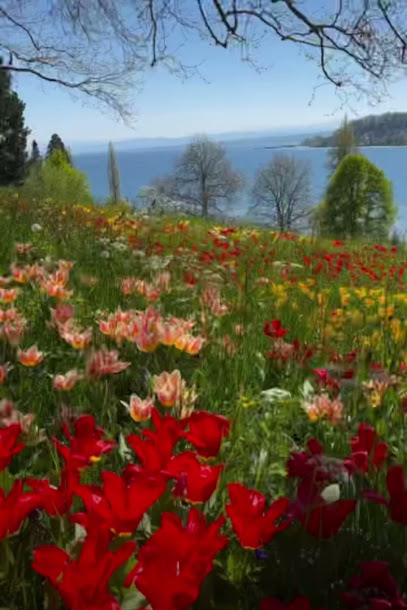
Landelijk & Zo
Explore Landelijk & Zo, the charming gift shop offering unique local crafts and souvenirs that capture the essence of your travels.

Geurenparadijs
Discover your perfect fragrance at Geurenparadijs, a delightful perfume store offering a unique sensory experience and personalized consultations.

SimplybyKarin
Discover unique handcrafted gifts at SimplybyKarin, a charming shop featuring local artistry and creativity for an unforgettable shopping experience.

Essential bars & hidden hideouts
Restaurant De Sallandse Berg
Experience exquisite dining at Restaurant De Sallandse Berg, where local flavors and a cozy atmosphere come together in Nijverdal.
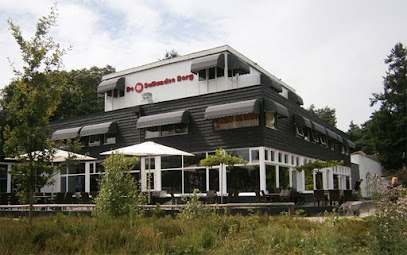
Landgoed De Uitkijk
Experience culinary delights and versatile event spaces at Landgoed De Uitkijk, a picturesque venue in the heart of Dutch countryside.
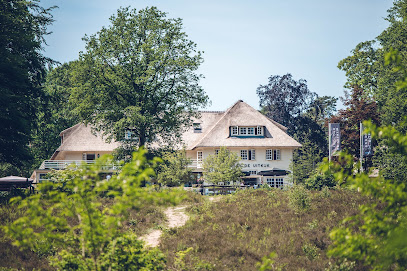
Het Ravijn
Discover Het Ravijn: A vibrant sports complex in Nijverdal featuring a public swimming pool, beach volleyball courts, and family-friendly amenities.
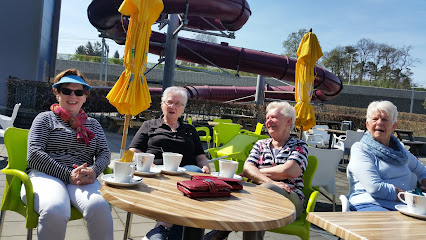
De Wilgenweard
Experience the thrill of adventure sports and the warmth of a cozy bar at De Wilgenweard in Nijverdal, the ultimate destination for fun and relaxation.
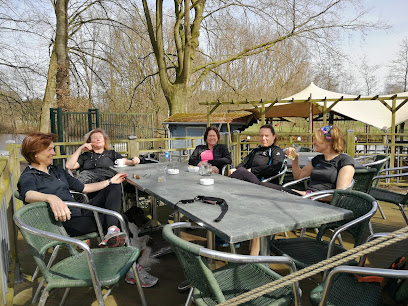
Hotel-Restaurant De Zwaan
Discover the perfect blend of comfort and culinary excellence at Hotel-Restaurant De Zwaan in Raalte, Netherlands.
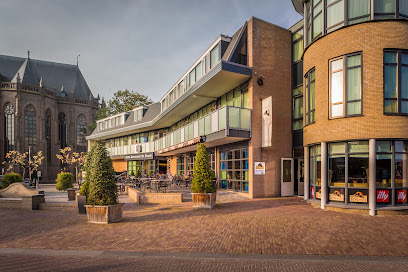
Lucky The Feel Good Provider
Experience the vibrant nightlife and cozy atmosphere at Lucky, the ultimate bar, cafe, and disco club in Rijssen.
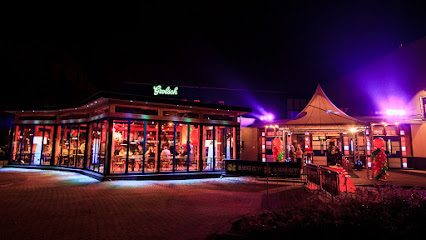
Fletcher Hotel-Restaurant Hellendoorn
Experience comfort and adventure at Fletcher Hotel-Restaurant Hellendoorn, your gateway to the natural beauty of the Netherlands.

Bistro De Oale Ste
Experience the flavors of the Netherlands at Bistro De Oale Ste, a charming bistro in Nijverdal offering delicious dining and a warm atmosphere.
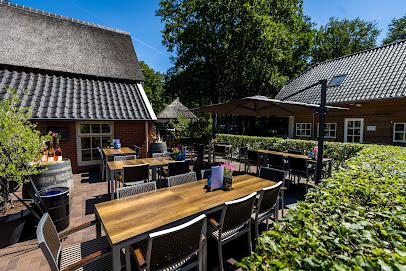
Grand-Cafe Neuf
Discover Grand-Cafe Neuf in Raalte, where delicious cuisine meets a warm atmosphere for a perfect dining experience.

Da Vinci Foodbar
Experience the perfect blend of bar and restaurant at Da Vinci Foodbar in Holten, where delicious meals and refreshing drinks await.
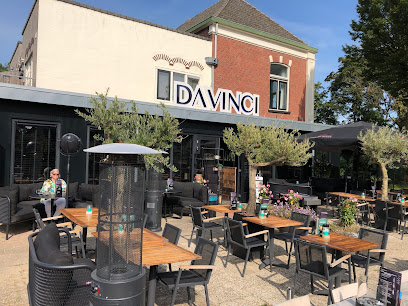
Femis Rijssen
Discover the delightful flavors of Femis Rijssen, a cozy diner in Rijssen offering a diverse menu perfect for every palate.
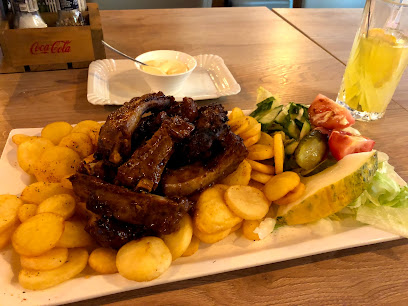
Grandcafé N-Joy
Experience delightful dining and fun leisure at Grandcafé N-Joy, the perfect spot for relaxation and entertainment in Nijverdal.
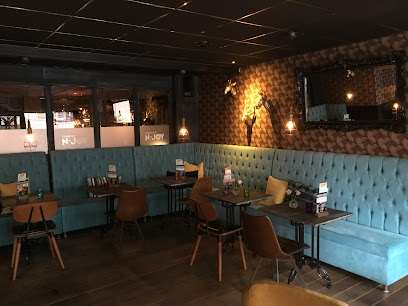
Murphy's Irish Pub
Discover the vibrant atmosphere of Murphy's Irish Pub in Nijverdal, where authentic Irish cuisine meets warm hospitality and lively entertainment.
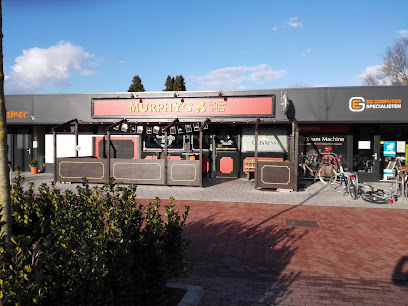
Bierbrasserie Zuiderbuur
Experience the vibrant atmosphere and exquisite flavors at Bierbrasserie Zuiderbuur, Raalte's ultimate destination for beer and culinary delights.
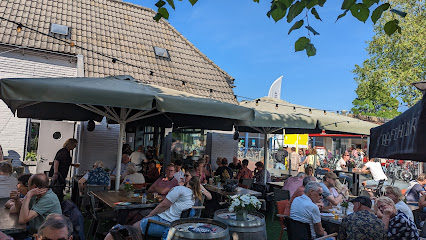
de Gouverneur
Discover Raalte's vibrant local culture at de Gouverneur Pub, where great drinks and a warm atmosphere await.
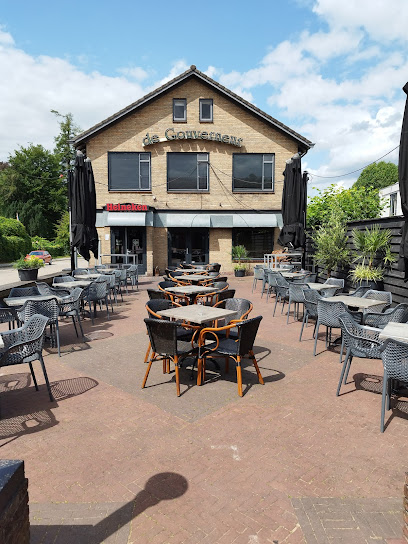
Local Phrases about Sallandse Heuvelrug National Park
-
- HelloHallo
[ha-lo] - GoodbyeTot ziens
[tot zeens] - YesJa
[ya] - NoNee
[nee] - Please/You're welcomeAlsjeblieft
[als-ye-bleeft] - Thank youDank je wel
[dank ye vel] - Excuse me/SorrySorry
[sor-ri] - How are you?Hoe gaat het met jou?
[hu gat hut met yow] - Fine. And you?Goed. En met jou?
[good. en met yow] - Do you speak English?Spreek je Engels?
[sprek ye engels] - I don't understandIk begrijp het niet
[ik buh-grayp hut neet]
- HelloHallo
-
- I'd like to see the menu, pleaseIk wil graag de menukaart zien, alsjeblieft
[ik vil khraag du menu-kart seen, als-ye-bleeft] - I don't eat meatIk eet geen vlees
[ik ayt khayn vlays] - Cheers!Proost!
[prost] - I would like to pay, pleaseIk wil graag betalen, alsjeblieft
[ik vil khraag buh-tah-len, als-ye-bleeft]
- I'd like to see the menu, pleaseIk wil graag de menukaart zien, alsjeblieft
-
- Help!Help!
[help] - Go away!Ga weg!
[ga wekh] - Call the Police!Bel de politie!
[bel duh po-lee-see] - Call a doctor!Bel een dokter!
[bel ayn dohk-ter] - I'm lostIk ben verdwaald
[ik ben fer-dwahlt] - I'm illIk ben ziek
[ik ben zik]
- Help!Help!
-
- I'd like to buy...Ik wil graag kopen...
[ik vil khraag koh-pen] - I'm just lookingIk kijk alleen maar
[ik kayk al-layn mar] - How much is it?Hoeveel kost het?
[hu-vel kost hut] - That's too expensiveDat is te duur
[dat is tuh dur] - Can you lower the price?Kunt u de prijs verlagen?
[kunt u duh prays vur-lah-gen]
- I'd like to buy...Ik wil graag kopen...
-
- What time is it?Hoe laat is het?
[hu lat is hut] - It's one o'clockHet is een uur
[het is ayn ur] - Half past (10)Half elf
[half elf] - MorningOchtend
[okh-tend] - AfternoonMiddag
[mid-dakh] - EveningAvond
[avond] - YesterdayGisteren
[khis-ter-en] - TodayVandaag
[van-dakh] - TomorrowMorgen
[mor-ghen] - 1Een
[ayn] - 2Twee
[tway] - 3Drie
[dree] - 4Vier
[veer] - 5Vijf
[vayf] - 6Zes
[zehs] - 7Zeven
[zay-ven] - 8Acht
[ah-kht] - 9Negen
[nay-khen] - 10Tien
[teen]
- What time is it?Hoe laat is het?
-
- Where's a/the...?Waar is de...?
[var is duh] - What's the address?Wat is het adres?
[vat is hut ad-rehs] - Can you show me (on the map)?Kunt u mij laten zien (op de kaart)?
[kunt u may lah-ten seen (op duh kart)] - When's the next (bus)?Wanneer is de volgende (bus)?
[ven-er is duh vol-gen-duh bus] - A ticket (to ....)Een kaartje (naar ....)
[ayn kart-ye (nar)]
- Where's a/the...?Waar is de...?
History of Sallandse Heuvelrug National Park
-
The Sallandse Heuvelrug was formed during the last Ice Age, around 150,000 years ago. The landscape features rolling hills and expansive heathlands primarily shaped by glacial movements. This unique geological history has contributed to the area's rich biodiversity and remarkable scenery.
-
Archaeological evidence suggests that the Sallandse Heuvelrug area has been inhabited since prehistoric times. Flint tools and other artifacts have been discovered, indicating that early humans utilized the natural resources of the region for hunting and gathering. These early settlers laid the groundwork for future human activity in the area.
-
During the medieval period, the Sallandse Heuvelrug was predominantly used for agriculture and grazing. The heathlands were grazed by sheep, which played a crucial role in maintaining the open landscape. Local farmers practiced a system known as 'plaggen' to enrich the soil, which involved adding layers of heather sod and manure to the fields.
-
The Sallandse Heuvelrug area held strategic importance during World War II. The elevated terrain provided vantage points for both the Dutch Resistance and German forces. Several bunkers and other wartime relics can still be found in the park, serving as poignant reminders of the conflict and the resilience of the local population.
-
Sallandse Heuvelrug National Park was officially established in 2004 to preserve the unique landscapes and biodiversity of the area. The park covers approximately 35 square kilometers and is managed by a combination of governmental and non-governmental organizations. Efforts have been made to protect endangered species like the black grouse and to restore traditional heathland habitats.
-
The cultural heritage of Sallandse Heuvelrug is deeply intertwined with the customs and traditions of the local communities. Annual events such as the 'Schaapscheerdersfeest' celebrate the region's pastoral history, featuring sheep shearing demonstrations and traditional crafts. These cultural practices help to maintain a connection to the area's historical roots.
-
In recent years, Sallandse Heuvelrug National Park has become a focal point for modern conservation efforts. Initiatives include the rewilding of certain areas, the reintroduction of native species, and sustainable tourism practices. These efforts aim to balance the preservation of natural habitats with the growing interest in ecotourism.
Sallandse Heuvelrug National Park Essentials
-
Sallandse Heuvelrug National Park is located in the Overijssel and Gelderland provinces of the Netherlands. The nearest major city is Zwolle, which is about 30 kilometers away. The best way to reach the park is by car, as it provides the most flexibility for exploring the area. If you are traveling from abroad, Amsterdam Schiphol Airport is the nearest international airport, approximately 120 kilometers away. From there, you can take a train to Zwolle and then a bus or taxi to the park. Alternatively, rental cars are available at the airport.
-
Within Sallandse Heuvelrug National Park, the most convenient way to get around is by car or bicycle. There are several well-marked cycling and hiking trails throughout the park. Public transportation options are limited, but local buses do connect some nearby towns to the park. For those without a car, taxis are available but can be expensive. Consider renting a bicycle from one of the nearby rental shops for a more eco-friendly and immersive experience.
-
The official currency in the Netherlands is the Euro (EUR). Credit and debit cards are widely accepted in most hotels, restaurants, and shops around Sallandse Heuvelrug National Park. However, it is advisable to carry some cash for smaller establishments, entrance fees, and parking meters. ATMs are available in nearby towns such as Holten and Nijverdal.
-
Sallandse Heuvelrug National Park is generally a safe destination for tourists. The crime rate is low, and violent crimes are rare. However, petty theft such as pickpocketing can occur, especially in crowded areas. Always keep an eye on your belongings and avoid leaving valuables in your car. There are no specific high-crime areas targeting tourists, but it is always best to stay vigilant and aware of your surroundings.
-
In case of an emergency, dial 112 for immediate assistance. This number connects you to police, fire, and medical services. The nearest hospitals are located in Zwolle and Deventer. It is recommended to have travel insurance that covers medical emergencies. For minor health issues, there are pharmacies in the nearby towns where you can purchase over-the-counter medications.
-
Fashion: Do wear comfortable outdoor clothing suitable for hiking and cycling. Layers are advisable as the weather can change quickly. Avoid wearing overly flashy or expensive items. Religion: Do respect local customs and traditions, though the area is not particularly religious. Public Transport: Do respect the quiet atmosphere on buses and trains. Don't eat or drink on public transport. Greetings: Do greet people with a friendly 'Hallo' or 'Goedendag'. A firm handshake is also common. Eating & Drinking: Do try local delicacies and be open to trying new foods. Don't refuse hospitality or homemade treats, as it is considered impolite.
-
To experience Sallandse Heuvelrug National Park like a local, consider visiting during the off-peak seasons in spring or autumn for a more tranquil experience. Engage with local guides for unique insights into the park's flora and fauna. Don't miss the starry night sky in this Dark Sky Park, one of the best places in the Netherlands for stargazing. Join local events or festivals in nearby towns for a taste of regional culture and cuisine. Lastly, pack a picnic and enjoy a meal in one of the park's scenic spots.
Trending Landmarks in Sallandse Heuvelrug National Park
-
Het Nationale Park De Hoge Veluwe
-
Nationaal Park Veluwezoom
-
Lemelerberg
-
Natuurmuseum Holterberg
-
Outdoor Center Sallandse Heuvelrug
-
Utrechtse Heuvelrug National Park
-
Sprengenberg, Haarle
-
Duursche Waarden met restanten voormalige steenfabriek
-
Landal Sallandse Heuvelrug
-
Uitzichtpunt Holterberg
-
Sallandse Heuvelrug
-
Bezoekerscentrum Staatsbosbeheer
-
Wierdense Veld
-
Bos van Daantje Das
-
Ecoduct Twilhaar
Nearby Cities to Sallandse Heuvelrug National Park
-
Things To Do in Arnhem
-
Things To Do in Nijmegen
-
Things To Do in Amersfoort
-
Things To Do in Utrecht
-
Things To Do in Munster
-
Things To Do in Groningen
-
Things To Do in Amsterdam
-
Things To Do in Essen
-
Things To Do in Haarlem
-
Things To Do in Eindhoven
-
Things To Do in Dusseldorf
-
Things To Do in Leiden
-
Things To Do in Rotterdam
-
Things To Do in Delft
-
Things To Do in The Hague









